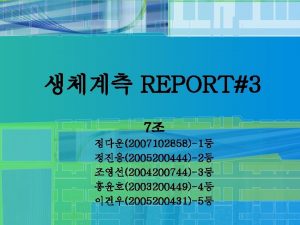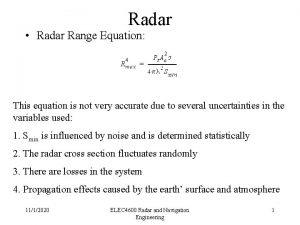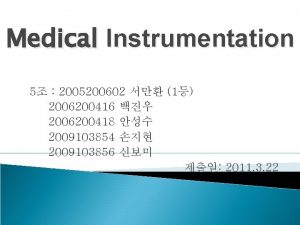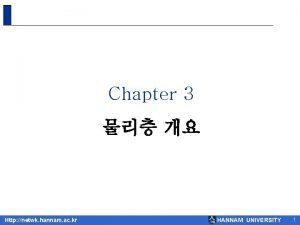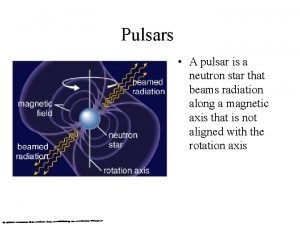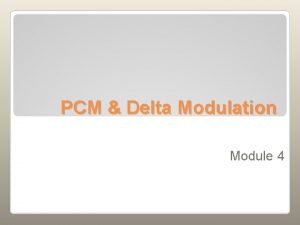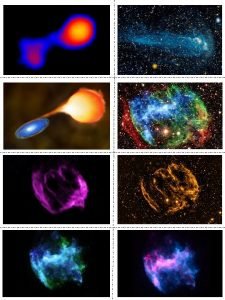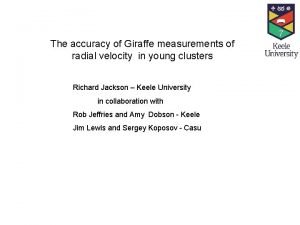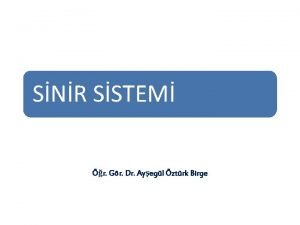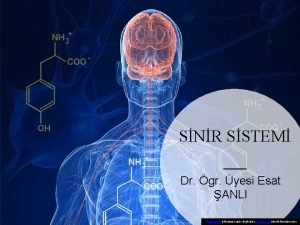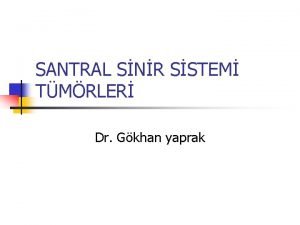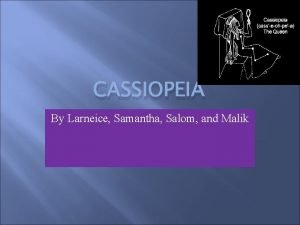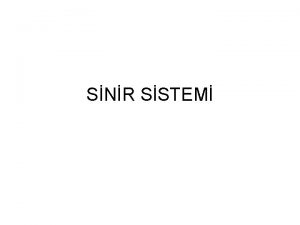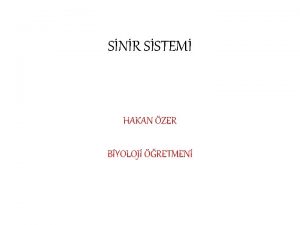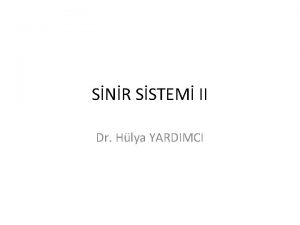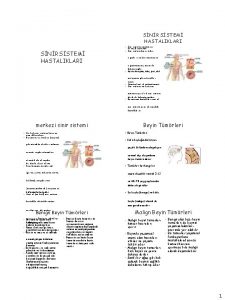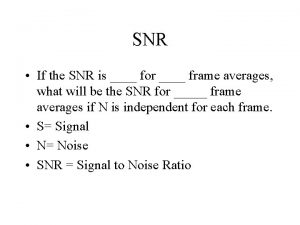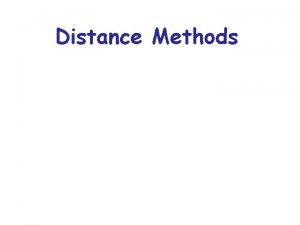1 1 Introduction Cassiopeia A SNR distance d3













- Slides: 13


1 -1. Introduction ○ Cassiopeia A SNR - distance : d=3. 4 kpc (Reed et al. 1995) - age : t=330 yr (Thorstensen et al. 2001) - ejecta mass : Meje=2 -4 Msun (e. g. Willingale et al. 2002) - SN type : Type IIb (Krause et al. 2008) (generated from a supergiant that had lost most of H-envelope) - thermal emission from ejecta-dust (mainly silicates) ➔ Mdust = 0. 02 -0. 054 Msun (Rho et al. 2008) ・ formation process of dust in the ejecta ・ physical processes of dust in the shocked gas ➔ erosion by sputtering and collisional heating ・ CCSNe are important sources of dust?

1 -2. Aim of our study ・ Birth of dust in the ejecta of Cas A dust formation calculation based on SN II model ➔ composition, size, and mass of newly formed dust ➔ dependence of dust formation process on types of SNe (on the mass of H-envelope) ・ Brightening of dust in the shocked hot gas dust evolution calculation in the SNR ➔ IR emission from the shock-heated dust ➔ comparison with IR observations of Cas A ・ Fate of dust in Cas A SNR ➔ How much mass of the dust grains in Cas A can survive and can be injected into the ISM?

2 -1. Dust formation calculation in the ejecta ○ Dust formation calculation - non-steady nucleation and grain growth theory (Nozawa et al. 2003) ○ SN IIb model (SN 1993 J-like model) - MH-env = 0. 08 Msun MZAMS = 18 Msun Meje = 2. 94 Msun - E 51 = 1 - M(56 Ni) = 0. 07 Msun 〇 SN II-P model : MH-env = 13 Msun, MZAMS = 20 Msun, E 51 =1 (Umeda & Nomoto 2002)

2 -2. Birth of dust in the ejecta of Cas A mass distribution condensation time - condensation time of dust 300 -700 d after explosion - total mass of dust formed ・ 0. 167 Msun in SN IIb Mc=0. 07 Msun Msilcate=0. 08 Msun ・ 0. 1 -1 Msun in SN II-P

2 -3. Dependence of dust radii on SN type SN IIb SN II-P 0. 01 μm SN Ib (SN 2006 jc) (Nozawa et al. 2008) The radius of dust formed in H-stripped SNe is small - SN IIb and SN Ib/Ic without massive H-env ➔ adust < 0. 01 μm - SN II-P with massive H-env ➔ adust > 0. 01 μm

3 -1. Calculation of dust evolution in SNRs ○ Dust evolution calculations (Nozawa et al. 2006, 2007) - spherical symmetric hydrodynamic calculation based on the ejecta model of the SN IIb - treating dust as a test particle ・ erosion by sputtering ・ deceleration by gas drag ・ collsional stochastic heating - density profile of CSM n. H(r) = n. H, 1 (r / r 1)-2 /cc = 1 /cc for n. H < 1 /cc r 1 = r(at 10 yr) = 1. 2 x 1018 cm n. H, 1 = 30, 120, 200 /cc (➔ d. M/dt = 2. 0, 8. 0, 13 x 10 -5 Msun/yr for vw=10 km/s)

3 -2. Time evolution of IR SEDs in Cas A SNR n. H, 1=30 /cc n. H, 1=120 /cc Dust evolutions and thus IR SEDs in SNRs strongly depend on the gas density in the CSM n. H, 1=200 /cc

3 -3. Comparison with observations of Cas A - MIR, d = 0. 008 Msun (Mshocked, d ~ 0. 1 Msun) - d. M/dt = 8 x 10 -5 Msun/yr ➔ d. M/dt ~ 2 x 10 -5 Msun/yr for Cas A (Chevalier & Oishi 2003) ➔ d. M/dt = (3 -4)x 10 -5 Msun/yr for 93 J (Suzuki & Nomoto 1995)

3 -4. Contribution from circumstellar dust 〇 CSM dust model ・ dust species C and silicate ・ dust size distribution f(a) ∝ a^-3. 5 amin = 0. 001 μm amax = 0. 5 μm ・ dust-gas ratio: parameter ・ CSM dust cannot compensate the flux densities at λ > 50 μm C Silicate green: ejecta dust blue: CSM dust

3 -5. Contribution from unshocked dust Sibthorpe et al. 2009 observed IR SED can be well reproduced! ↑ ・ Md, warm ~ 0. 008 Msun ・ Md, cool ~ 0. 07 Msun with Tdust ~ 40 K AKARI reduced 90μm image ➔ centrally peaked cool dust component ↓ Md, cool = 0. 03 -0. 06 Msun with Tdust = 33 -41 K

4 -1. Fate of dust in Cas A SNR n. H, 1=120/cc ・ All of the dust grains in Cas A would be destroyed in the shocked gas within the SNR before ~2 x 104 yr ➔ small grain size of newly formed dust ➔ early arrival of the reverse shock at the He core H-deficient SNe may not be major contributors of dust ・ 0. 01 -0. 8 Msun of dust survive for SNe II-P (Nozawa+2007)

Summary 1) Birth of Dust in the ejecta of Cas A Dust formed in Cas A was formed at 300 -700 days after the explosion with adust < 0. 01 μm and Mdust = 0. 167 Msun 2) Brightening of dust in the shocked hot gas Model of dust destruction and heating in Type IIb SNR can reasonably reproduce the observed SED of Cas A; Md, warm = 0. 008 Msun, Md, cool = 0. 07 Msun d. M/dt = ~8 x 10 -5 Msun/yr 3) Fate of dust in Cas A SNR Small dust grains in Cas A will be completely destroyed in the shocked gas without being injected into the ISM

